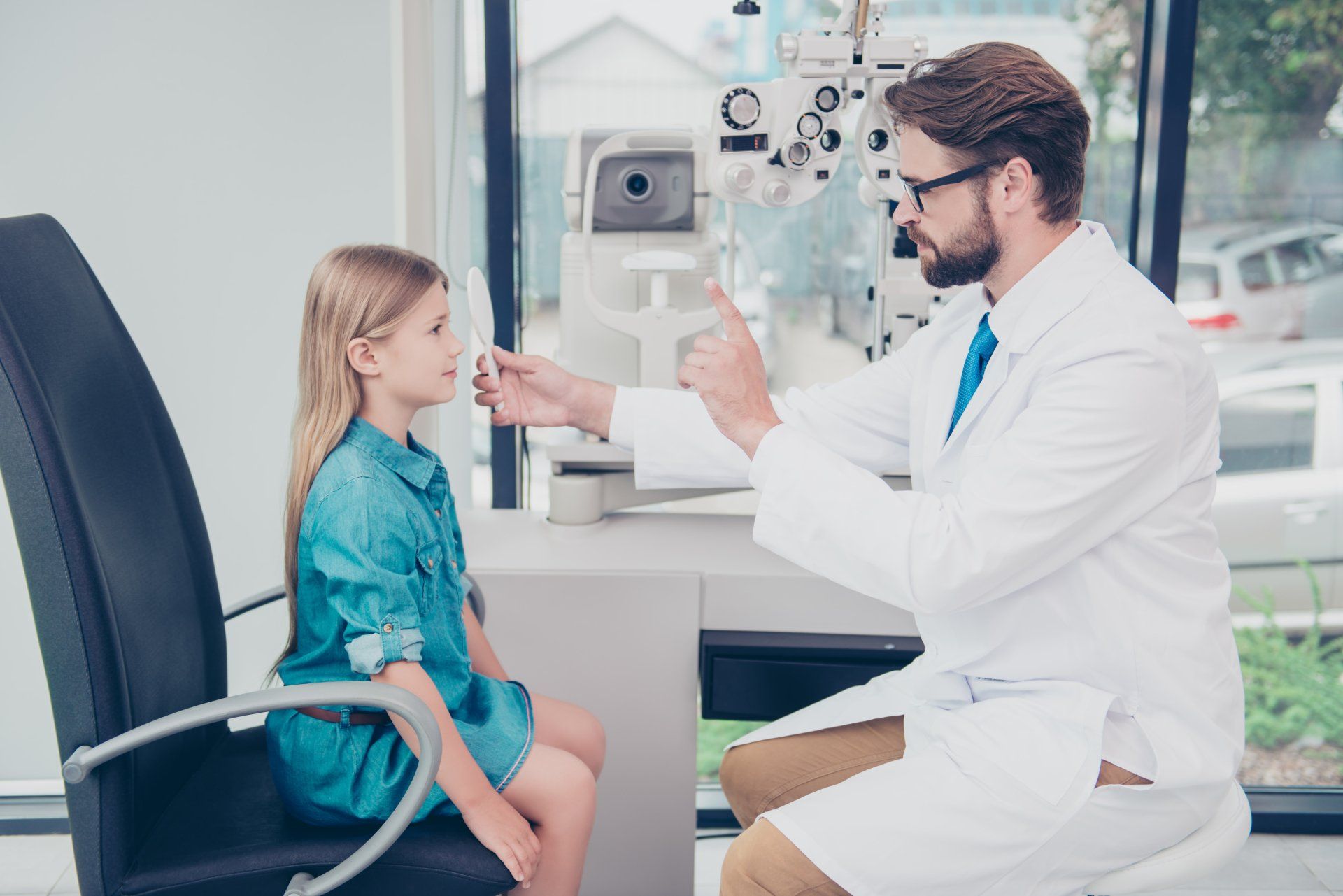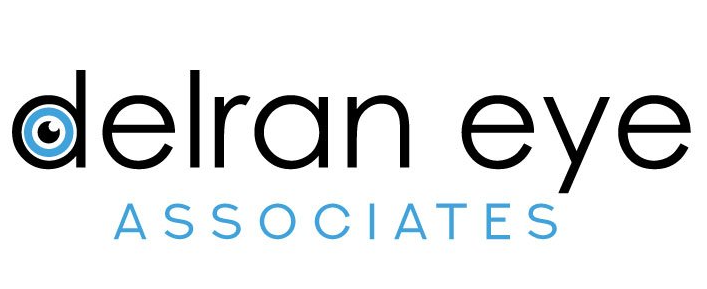Expert Pediatric Optometry in Delran, New Jersey

It is important that children have their prescription checked once a year to facilitate learning. It is recommended that children have their
eyes dilated at least every two years. When children have difficulty in the areas evaluated below they may require treatment with glasses and/or vision therapy.
Stereopsis -
the ability to perceive depth. This is measured to determine if your child is using both eyes together to view objects and people in 3D.
Eye alignment - It is important that the eyes are aligned and looking at the same thing. When the eyes are pointed at different things (one sits in or out) this is called strabismus. If the eyes are misaligned the brain receives two different images and this can lead to double vision and/or permanently reduced vision (Amblyopia).
Eye movement - The ability of the eyes to follow a moving object and to efficiently track while reading. Frequent loss of place or skipping lines while reading are typical signs of an eye movement dysfunction known as oculomotor dysfunction.
Convergence and divergence - When reading the eyes must converge to see the material in front of you. Sometimes people have a tendency for the eyes to under or over converge which can lead to headaches, double vision and/or eye strain.

